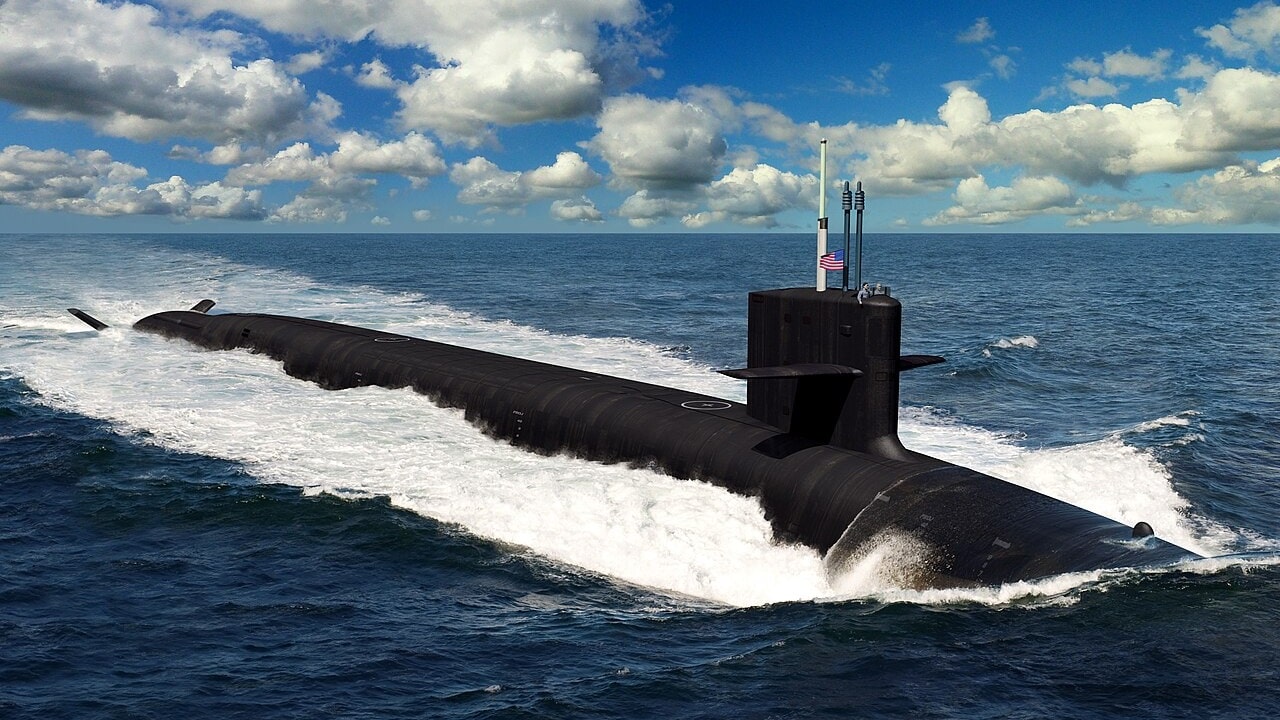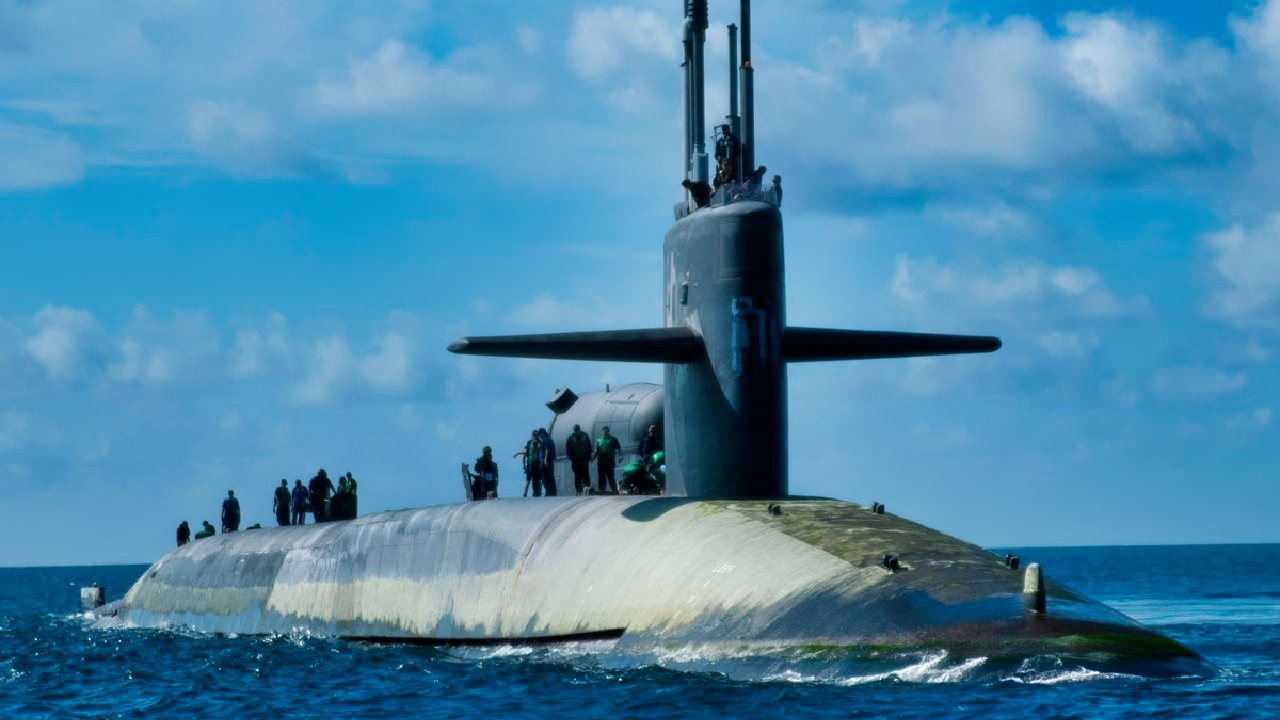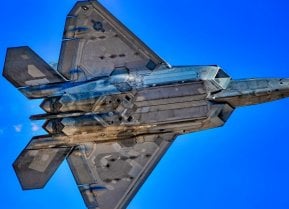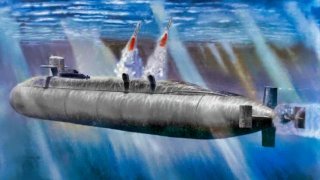China's Type 096 Nuclear Submarine: An Incredible Missile Powerhouse?
The new Type 096 SSBN submarine could be more difficult to track, boosting China's underwater nuclear capabilities for decades to come.
What Do We Know About China's Type 096 SSBN Submarine? - Reports circulated last fall that China had made significant progress in the development of its next-generation ballistic missile (SSBN) submarines, so much so that Western military powers could need to "rethink" their naval strategies in the Indo-Pacific to contend with the increased capabilities of the People's Liberation Army Navy (PLAN). The new Type 096 submarine could be more difficult to track, which would boost China's underwater nuclear capabilities.
It is expected to be armed with the JL-3 SLBM (submarine-launched ballistic missile) that first entered service in 2022 with the Type 094 submarines. The JL-3, which was tested first in November 2018, has an estimated range of more than 10,000 kilometers and can carry three nuclear warheads.
Type 096: Combination of Stealth and Range
The Chinese SSBN has been seen as comparable to modern Russian submarines in terms of stealth, sensors, and weapons. The capabilities of the Type 096 are speculated to be a significant jump to its predecessors and are seen as having the potential to flip the balance of power in the Indo-Pacific.
The new submarines could be in service by the end of the decade – earlier perhaps than the United States Navy's own Columbia-class SSBN, as the lead boat is expected to begin operations in 2031.

"The Type 096 will be more numerous, more stealthy, and may range over a wider area, all of which necessitates a rethink of U.S. capabilities and their deployment," Emma Salisbury, an associate fellow at the U.K.-based Council on Geostrategy, told Newsweek in October.
The combination of stealth and range will certainly make it that much harder for the U.S. and its allies to keep track of the submarines.
Silent Running
The PLAN already conducts fully armed nuclear deterrence patrols with its older Type 094 boats out of Hainan Island in the South China Sea, the Pentagon said in November. Those are similar to the patrols operated for years by the United States, Britain, Russia, and France.
Yet, as Reuters reported, the Type 094 SSBNs, which carry the aforementioned JL-3 missile, are considered relatively noisy – a major handicap for military submarines.
Beijing currently operates six Type 094 Jin-class SSBNs. It is unclear how many Type 096s China intends to build, but it has been vastly increasing the size of its navy. Experts suggest by the early 2030s, the PLAN will have upwards of 10 SSBNs, and could gradually replace the Type 094 with the quieter Type 096.
A Change of Nuclear Policy?
Though the capabilities of the Type 096 are still largely unknown, the increase in the number of SSBNs suggests a shift in policy from Beijing.

China has long adhered to a policy of minimum deterrence by which it maintains a relatively small nuclear force capable of a retaliatory second strike, according to the Arms Control Association. However, China’s recent expansion of its nuclear capabilities indicates that the country may deem its current nuclear deterrent insufficient and intends to achieve strategic parity with the United States perhaps achieving 1,000 operational nuclear warheads by 2030.
Author Experience and Expertise: Peter Suciu
Peter Suciu is a Michigan-based writer. He has contributed to more than four dozen magazines, newspapers, and websites with over 3,200 published pieces over a twenty-year career in journalism. He regularly writes about military hardware, firearms history, cybersecurity, politics, and international affairs. Peter is also a Contributing Writer for Forbes and Clearance Jobs. You can follow him on Twitter: @PeterSuciu. You can email the author: [email protected].


